Speaking at Prime Minister Pham Minh Chinh's official visit to Australia, Australian Prime Minister Anthony Albanese happily announced: He is proud that the two countries' new partnership has specific pillars, including energy cooperation.
Energy - a concrete pillar of cooperation
“I am delighted today that we have agreed to establish an annual dialogue between the Australian Minister for Industry, Science, Energy and Resources and the Vietnamese Minister for Industry and Trade ,” said Australian Prime Minister Anthony Albanese, stressing that this will be the foundation for closer cooperation in the energy and resources sectors of the two countries, including critical mineral supply chains to support the goals of both countries.
Previously, Minister of Industry and Trade Nguyen Hong Dien and Mr. Tim Ayres, Co-Minister in charge of Trade and Manufacturing, Australian Department of Foreign Affairs and Trade, made great efforts to contribute to creating that important "pillar". At the working meeting between the two Ministers on the sidelines of the Prime Minister's official visit, Minister Nguyen Hong Dien recalled the bilateral meeting between the two Ministers in July 2023 in New Zealand, where the two Ministers agreed to promote the early signing of the Memorandum of Understanding to establish the Vietnam - Australia Ministerial Dialogue on Energy and Minerals. And very quickly, just 5 months later, that became a reality.
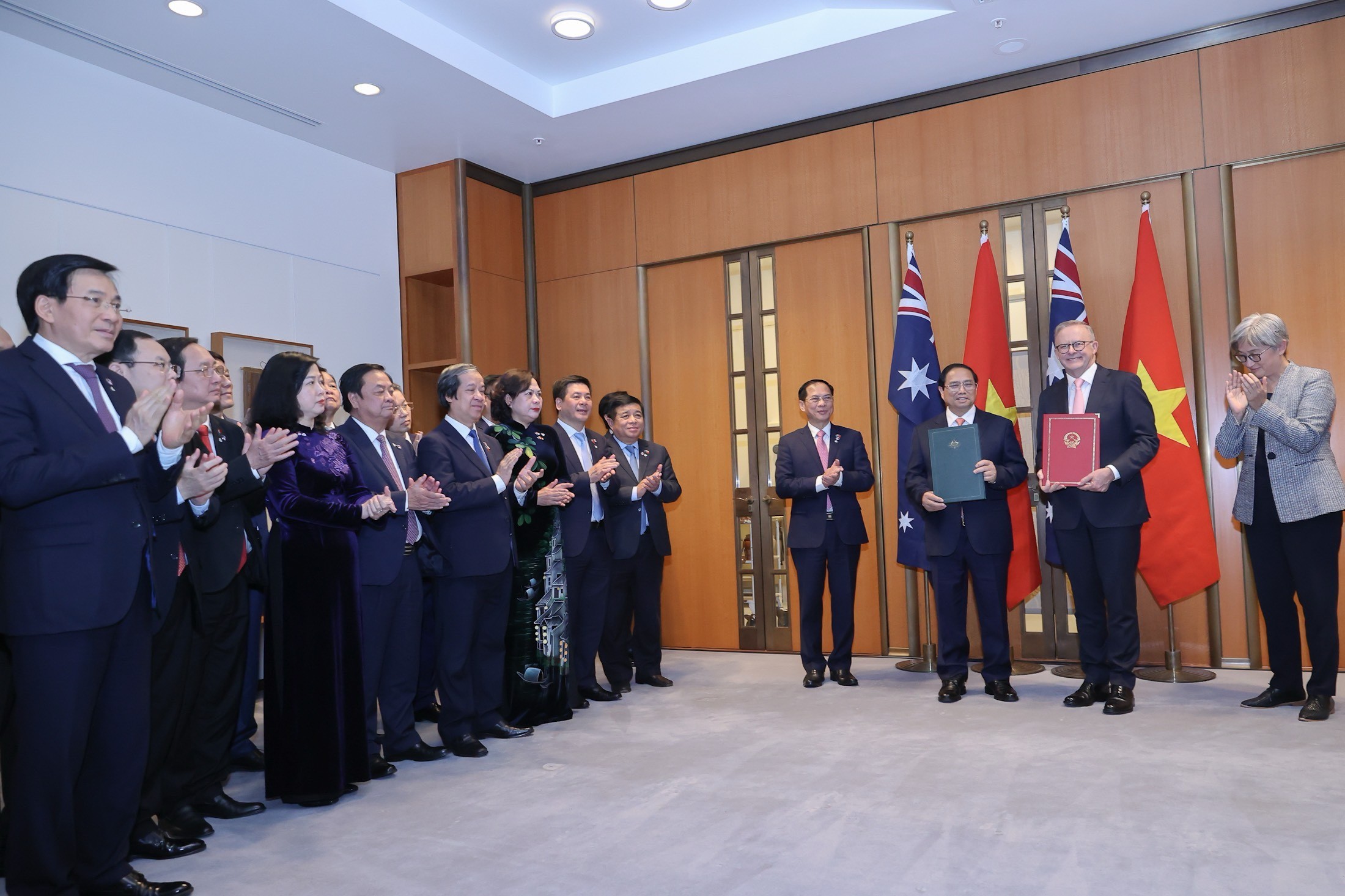 |
Prime Minister Pham Minh Chinh and Australian Prime Minister Anthony Albanese witnessed the signing ceremony and exchange of cooperation documents between leaders of ministries, sectors and agencies of the two countries - Photo: VGP/Nhat Bac |
According to Minister Nguyen Hong Dien, Vietnam is currently Australia's 10th largest trading partner and Australia is also Vietnam's 10th largest trading partner with a total bilateral trade turnover of 13.8 billion USD in 2023. Australia is an important market providing input materials for a number of Vietnam's industries and energy sectors such as coal, ore, minerals, base metals, etc. The proportion of over 40% of this group of goods in the total trade turnover between Vietnam and Australia shows the importance of strengthening and developing the Vietnam-Australia energy and mineral relationship.
Ministerial dialogue mechanism on energy will create new momentum
The establishment of the Ministerial Dialogue Mechanism on Energy and Minerals is an important event. Through the Energy and Minerals Ministerial Dialogue Mechanism, the Ministry of Industry and Trade of Vietnam; the Ministry of Industry, Science, Energy and Resources of Australia; the Ministry of Foreign Affairs and Trade of Australia and relevant agencies will have the opportunity to exchange and implement cooperation contents and strategies with the aim of maintaining stable trade in mineral products and raw materials while opening up new investment cooperation opportunities, towards green and sustainable development in general and helping Vietnam achieve the Net Zero target by 2050 as committed at COP26.
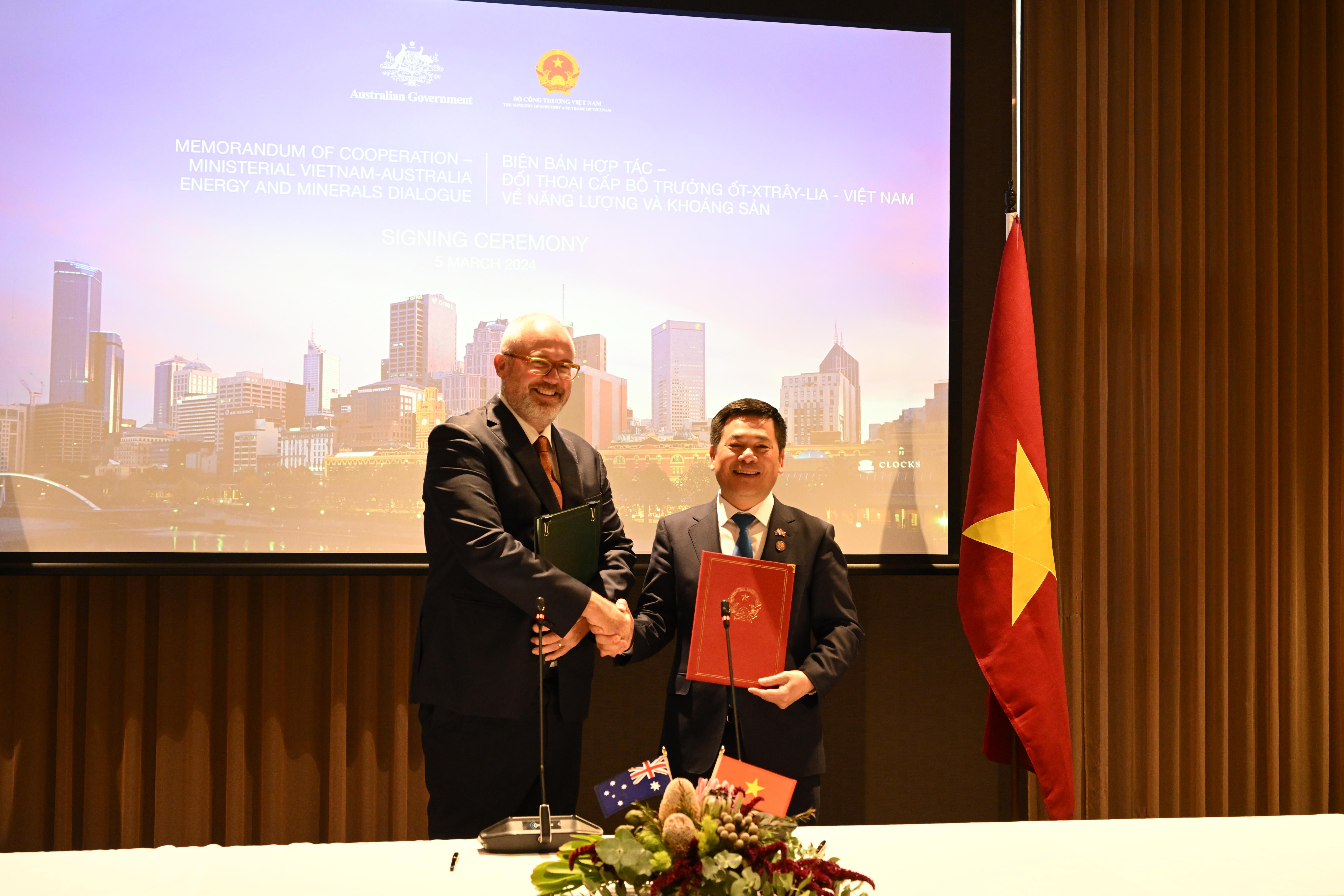 |
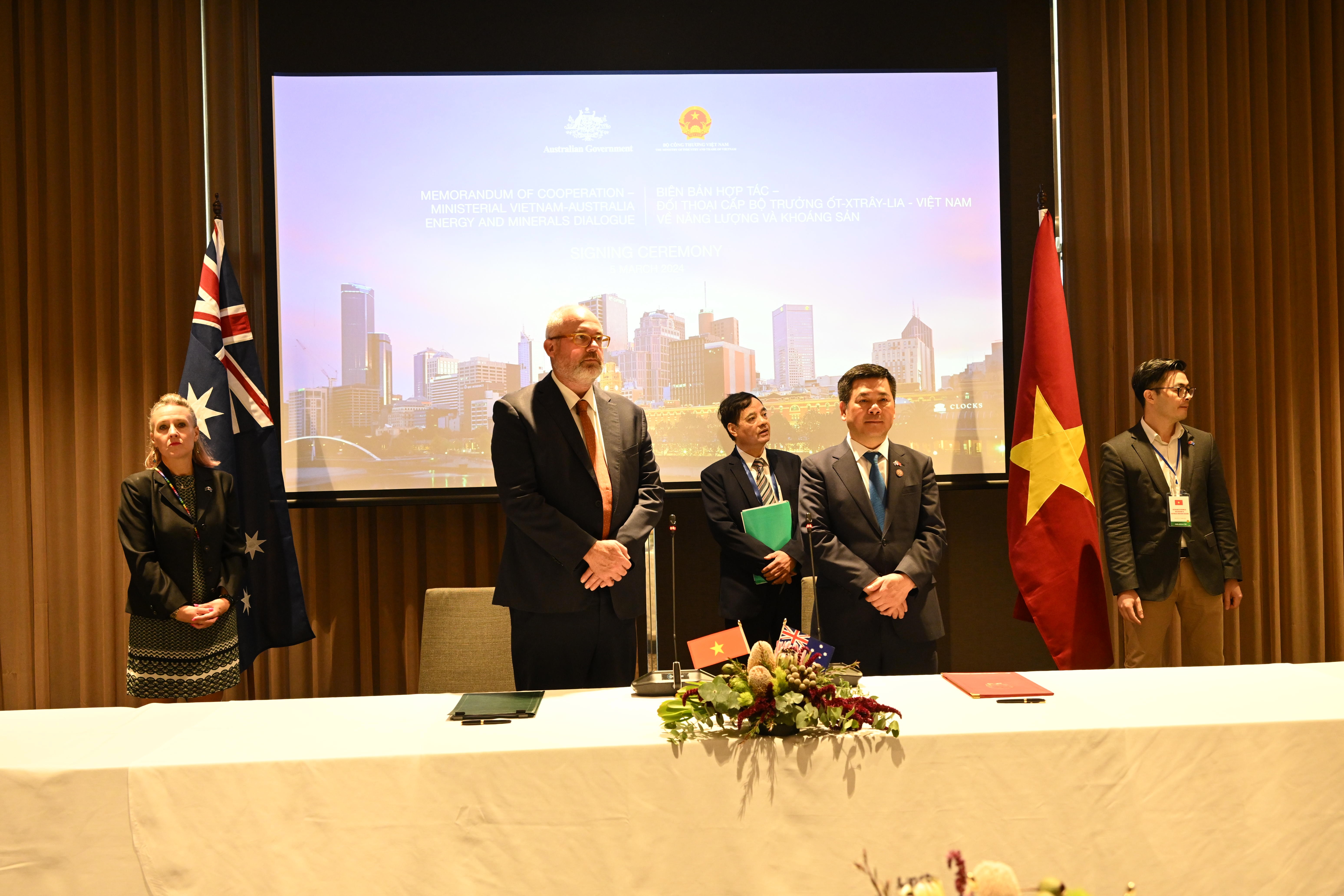 |
| Minister of Industry and Trade Nguyen Hong Dien and Mr. Tim Ayres, Co-Minister in charge of Trade and Manufacturing, Australian Department of Foreign Affairs and Trade signed the Memorandum of Understanding to establish the Ministerial Dialogue on Energy and Minerals - Photo by Nguyen Minh |
Along with the Memorandum of Understanding on the Establishment of the Ministerial Dialogue on Trade signed in June 2023, the two Ministries have promoted the establishment of two extremely important dialogue mechanisms in the fields of trade, energy and minerals. These two mechanisms together will contribute to promoting cooperation in the fields of trade, energy and minerals between the two countries to develop commensurate with the recently upgraded Comprehensive Strategic Partnership.
Long-term vision and memories of the 500KV North-South transmission line
The mark of the path of cooperation on mineral energy becoming a "highway" was also noted by experts and observers immediately afterwards. Professor Carl Thayer of the Australian Defense Force Academy, University of New South Wales looked back at historical practice: One month after the Paris Agreement on ending the war and restoring peace in Vietnam was signed, in February 1973, Australia established diplomatic relations with the Democratic Republic of Vietnam... He said that the Australia - Vietnam relationship was formed like that and that demonstrated the long-term vision of the Australian Government and that economic and trade cooperation has continuously developed to this day.
Going back in history, Vietnam and Australia have had deep memories of energy cooperation for a long time. Right from the beginning of the renovation process, in the early 90s of the last century, Vietnam faced a difficult problem because of the lack of electricity in the South but the surplus of electricity in the North. The Prime Minister at that time, comrade Vo Van Kiet, was extremely concerned about assigning the task to the electricity industry: How to bring electricity from the North to the South.
According to electricity experts: To bring electricity to the South, the only way is to build a super high voltage line. There are two types of super high voltage lines: 400kV or 500kV. Some countries like France and Russia use 500kV but they only build 400-500km, while in Vietnam, to bring electricity to the South, they have to build nearly 1,600km, an unprecedented record in the world. Public opinion and scientists are also concerned that "it cannot be done" because of technical factors regarding the wavelength of electricity. There have been many public opinions and objections, even on the National Assembly forum.
Fortunately, at that time, Vietnamese electricity experts received important support from Australian experts. Pacific Power International (PPI - an Australian high-voltage line design consulting company) stepped in and affirmed that it could be done if additional voltage compensation stations were built from North to South. Later, PPI (Pacific Power International), New South Wales State and SECVI (State Electricity Commission of Victoria International), Victoria State also supported consulting, supervision, training in operation management, safety... under the sponsorship of the Australian Government, actively contributing to the completion of the project.
Currently, Vietnam is implementing the construction of the 500 KV line 3 with the reverse route "bringing electricity from the South to the North" to solve the problem of power shortage as well as synchronously implementing many solutions to both strongly develop power sources and convert energy in accordance with international commitments. Not long ago, Prime Minister Pham Minh Chinh directed early and from afar to focus on drastic and effective implementation of solutions to ensure electricity supply in 2024 and the following years.
Minister of Industry and Trade Nguyen Hong Dien, in his role as Deputy Head of the Standing Committee of the State Steering Committee for important national programs, works and projects in the energy sector, has chaired eight meetings (both in person and online) to urge the progress of the implementation of the 500 kV line 3 circuit projects from Quang Trach (Quang Binh) to Pho Noi (Hung Yen).
Minister Nguyen Hong Dien requested relevant units to promote the highest sense of responsibility, speed up progress, and bring the project to completion on time. The Minister emphasized that the completion of the 500kV line 3 will not only help ensure energy security, especially for the Northern region, but also serve the task of connecting the regional power grid and the national power grid at the 500kV voltage level, contributing to making the "backbone" of power transmission increasingly more solid.
Cooperation for energy diversification
The 13th National Party Congress has set the goal of making our country a developed, high-income country by 2045. Ensuring national energy security is the foundation and important premise for socio-economic development. Resolution No. 55-NQ/TW of the Politburo dated February 11, 2020 on "Orientation of Vietnam's National Energy Development Strategy to 2030, with a vision to 2045" has set the goal of providing sufficient domestic energy by 2030 to meet the goals of the 10-year socio-economic development strategy (2021 - 2030). Synchronously, reasonably and diversifying energy types; prioritizing the exploitation, thorough and effective use of renewable energy sources, new energy, clean energy, etc.
In that spirit, cooperation in energy development with leading countries in modernizing the energy system is very meaningful to Vietnam. While Vietnam has just taken the first steps in developing renewable energy, Australia has focused on energy sources such as solar and wind since 1997, and has achieved many achievements such as: Leading the world in the amount of energy per capita generated from solar and wind energy, leading to reduced greenhouse gas emissions and lower electricity prices. Australia has also quickly built and successfully implemented many energy development strategies and programs that Vietnam is implementing and needs to learn from, such as: National Energy Productivity Plan (NEPP); Australia's National Hydrogen Strategy; Australia's Offshore Renewable Energy Strategy, etc.
With LNG, a key energy source that Vietnam is investing in to build thermal power plants by 2023, Australia and the US are currently the world’s two leading countries in supply. The Albanese government is also looking to make Australia a renewable energy superpower in the coming years, with a $2 billion commitment to the “Hydrogen Kickstart” program, which aims to make the country a leading global hydrogen producer.
For our country, the direction of hydrogen energy development in Vietnam has been directed by the Politburo in Resolution No. 55-NQ/TW. Notably, on February 7, 2024, the Prime Minister signed Decision No. 165/QD-TTg approving Vietnam's Hydrogen Energy Development Strategy to 2030, with a vision to 2050. On February 22, Minister of Industry and Trade Nguyen Hong Dien chaired the Conference on implementing the Hydrogen Energy Strategy right after the strategy was approved. This is one of the examples showing the determination and potential for energy development cooperation between the two countries is opening up, with a very high possibility of realization.
For the Vietnamese Ministry of Industry and Trade, a short time ago, an Australian Energy delegation visited Vietnam to support businesses of the two countries to access and discuss cooperation opportunities in the field of renewable energy development and energy exchange between the two countries. 8 leading energy enterprises participated in the delegation, including: Ardexa, Entura, Gentrack, Magellan Power, Powerledger, Reclaim Energy, Ultra Power System, Village Energy...
Source



![[Photo] Vietnamese rescue team shares the loss with people in Myanmar earthquake area](https://vstatic.vietnam.vn/vietnam/resource/IMAGE/2025/4/6/ae4b9ffa12e14861b77db38293ba1c1d)
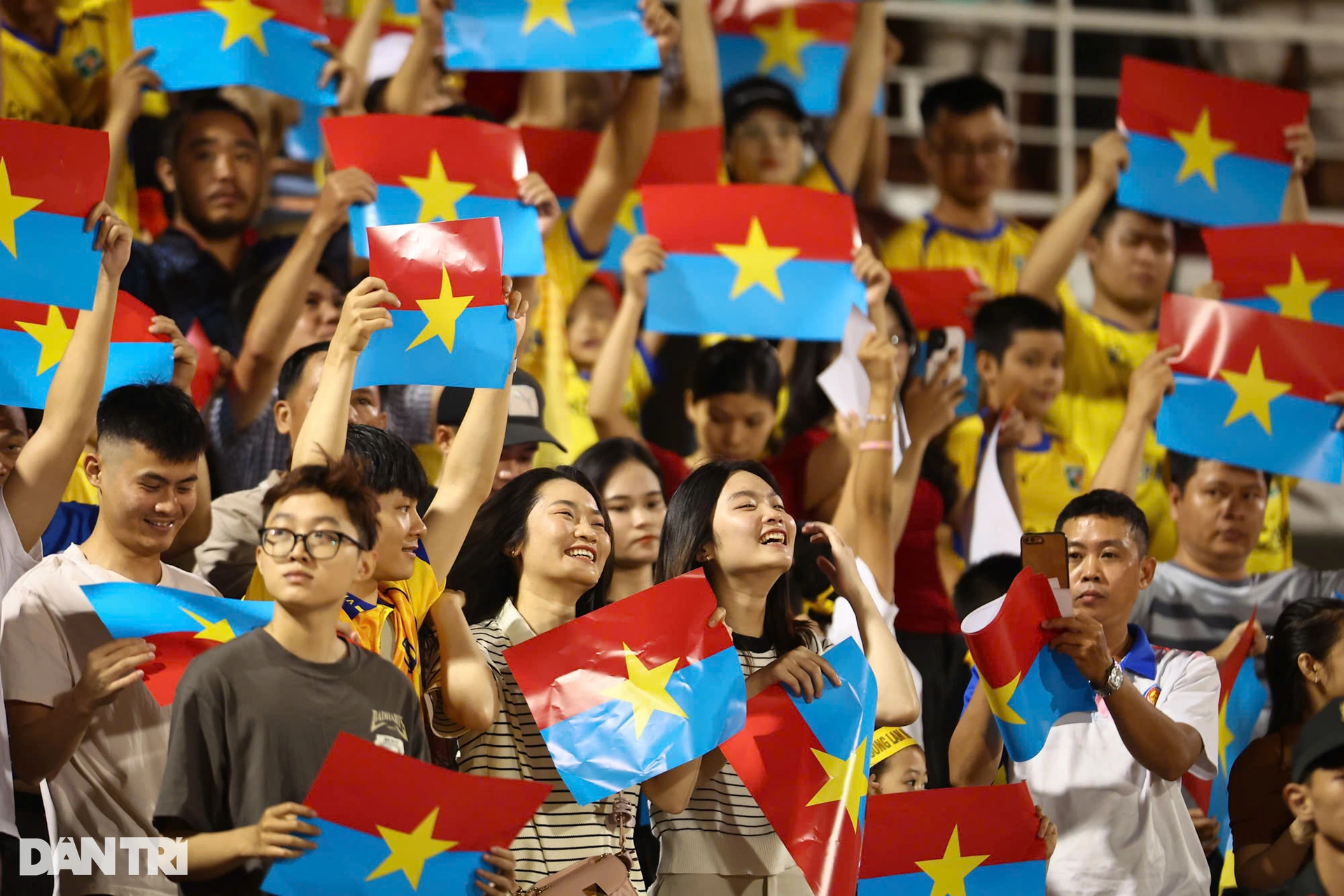
![[Photo] Prime Minister Pham Minh Chinh chairs the regular Government meeting in March](https://vstatic.vietnam.vn/vietnam/resource/IMAGE/2025/4/6/8393ea0517b54f6791237802fe46343b)
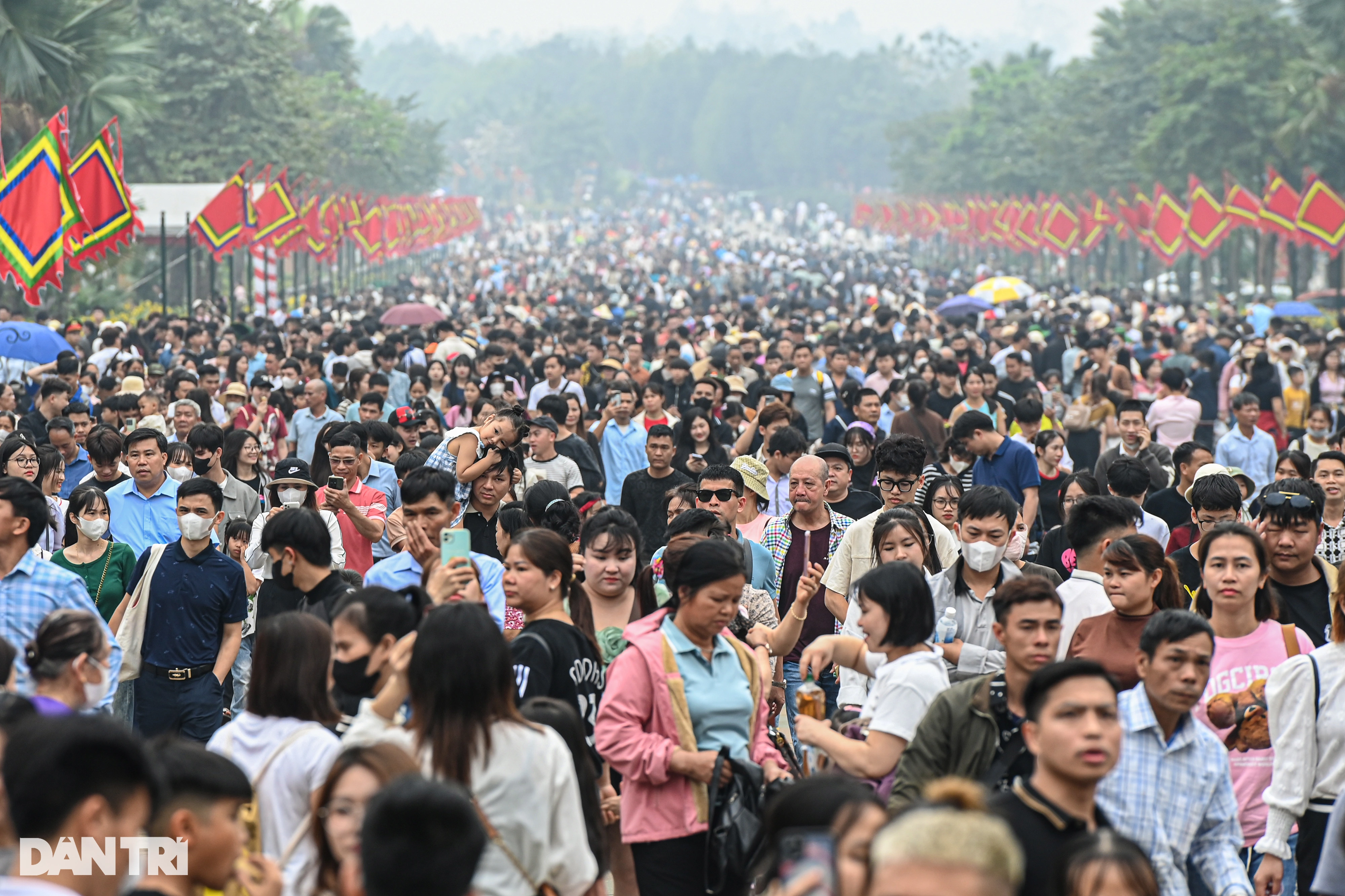
![[Photo] Solemn Hung King's Death Anniversary in France](https://vstatic.vietnam.vn/vietnam/resource/IMAGE/2025/4/6/786a6458bc274de5abe24c2ea3587979)


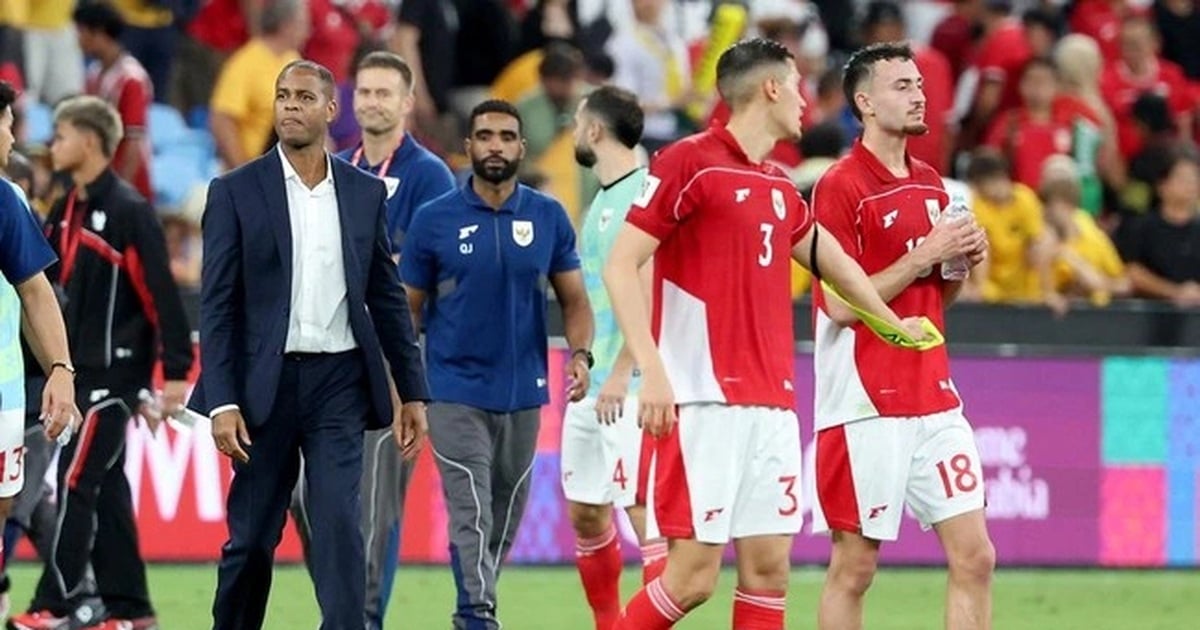


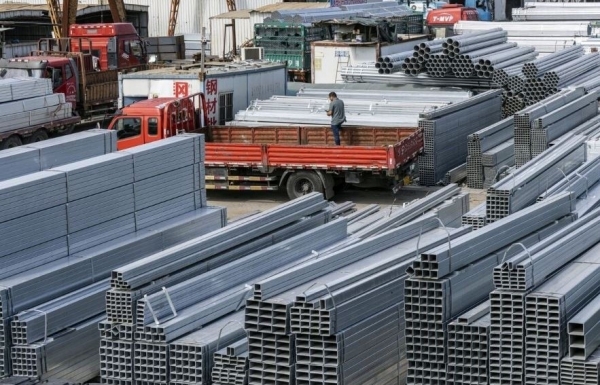



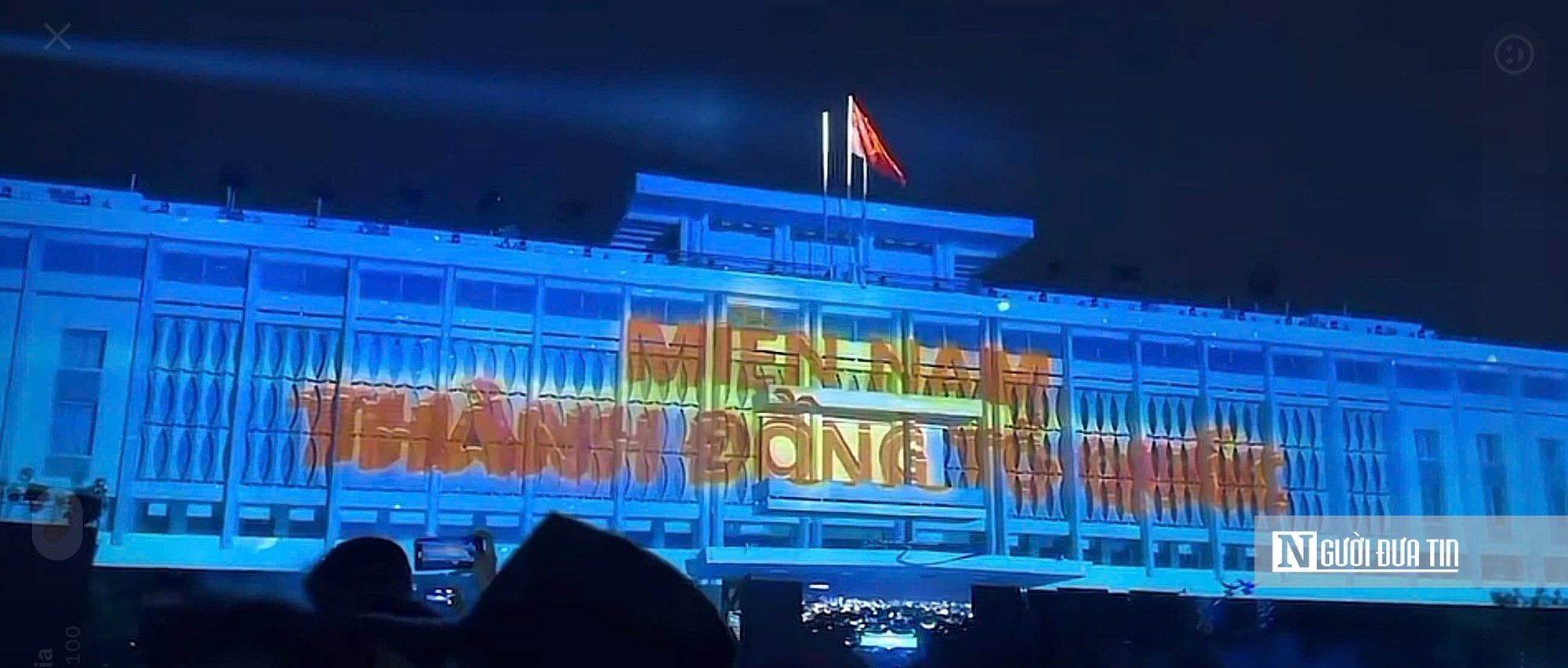
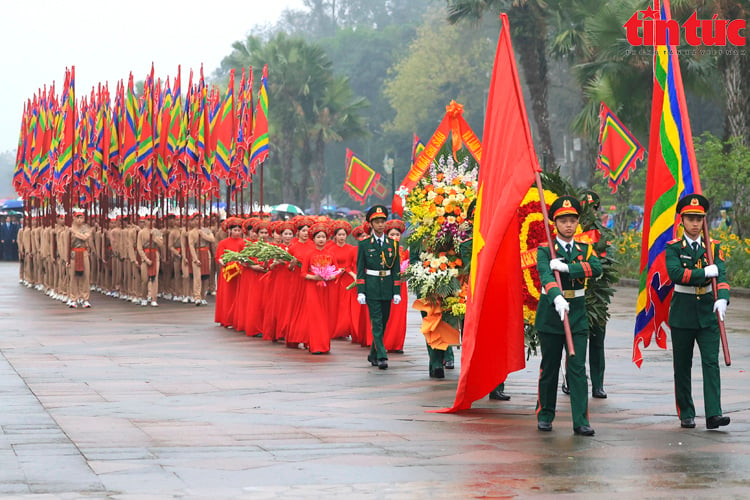
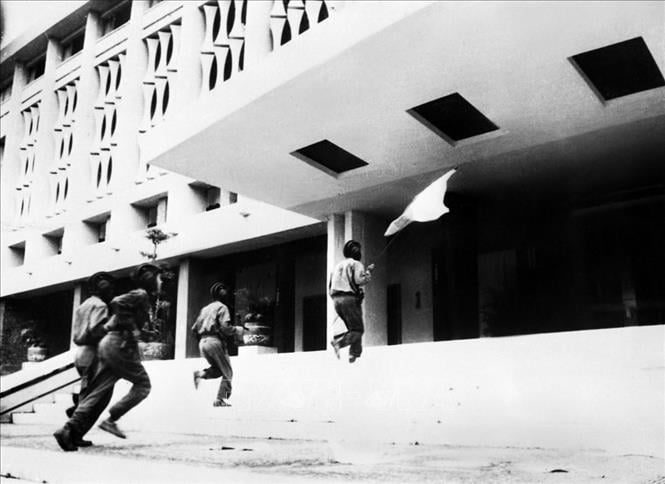
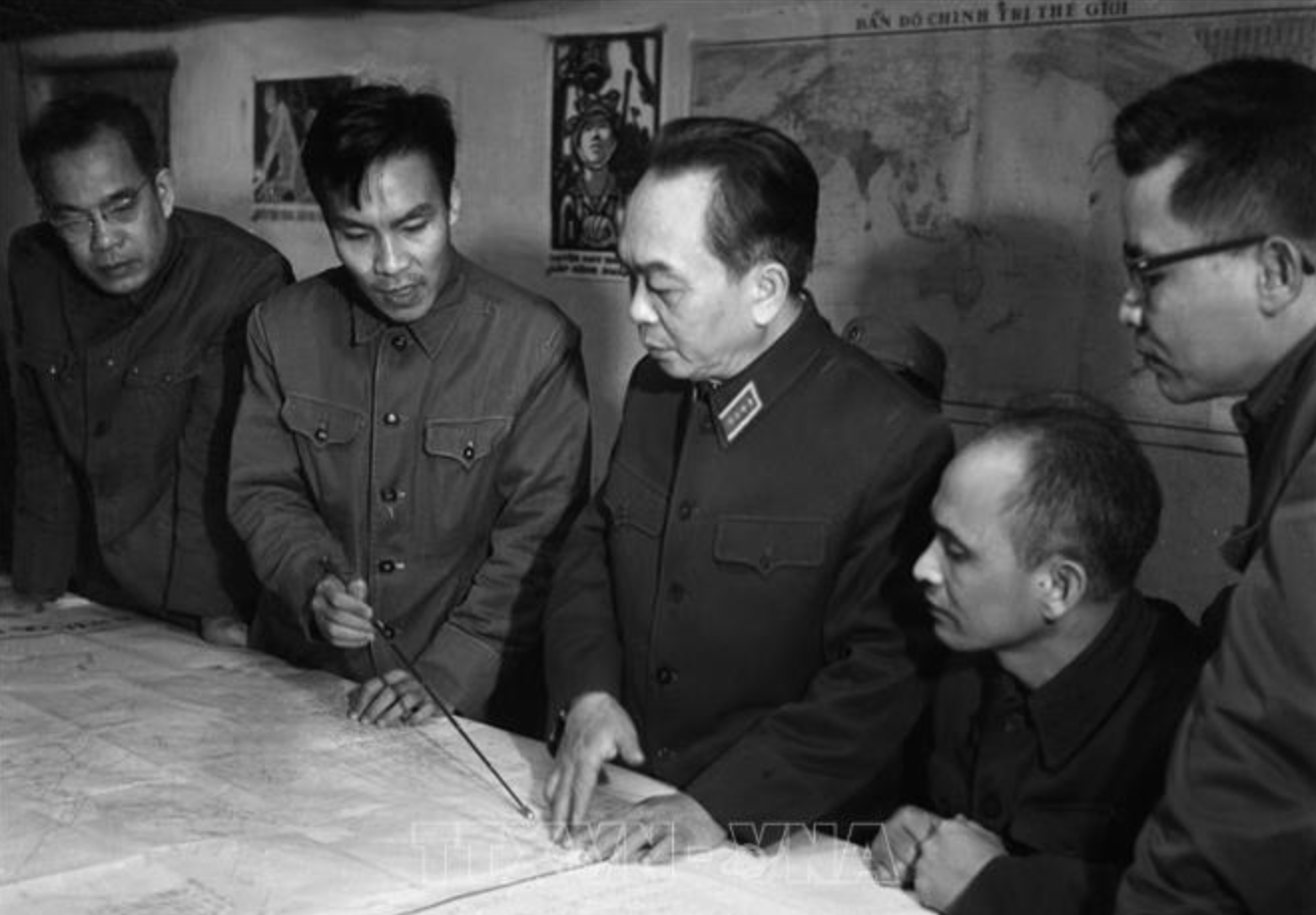



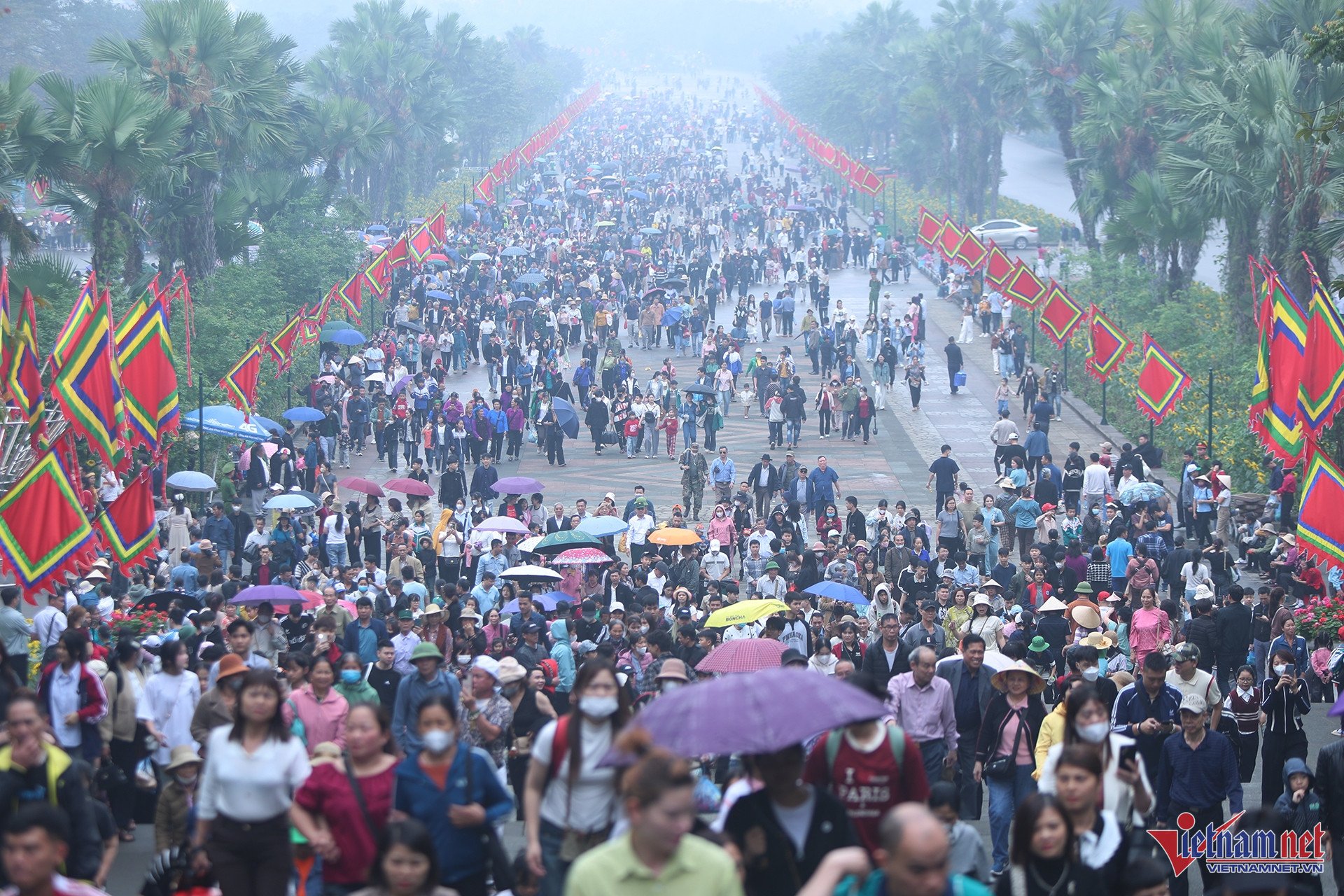
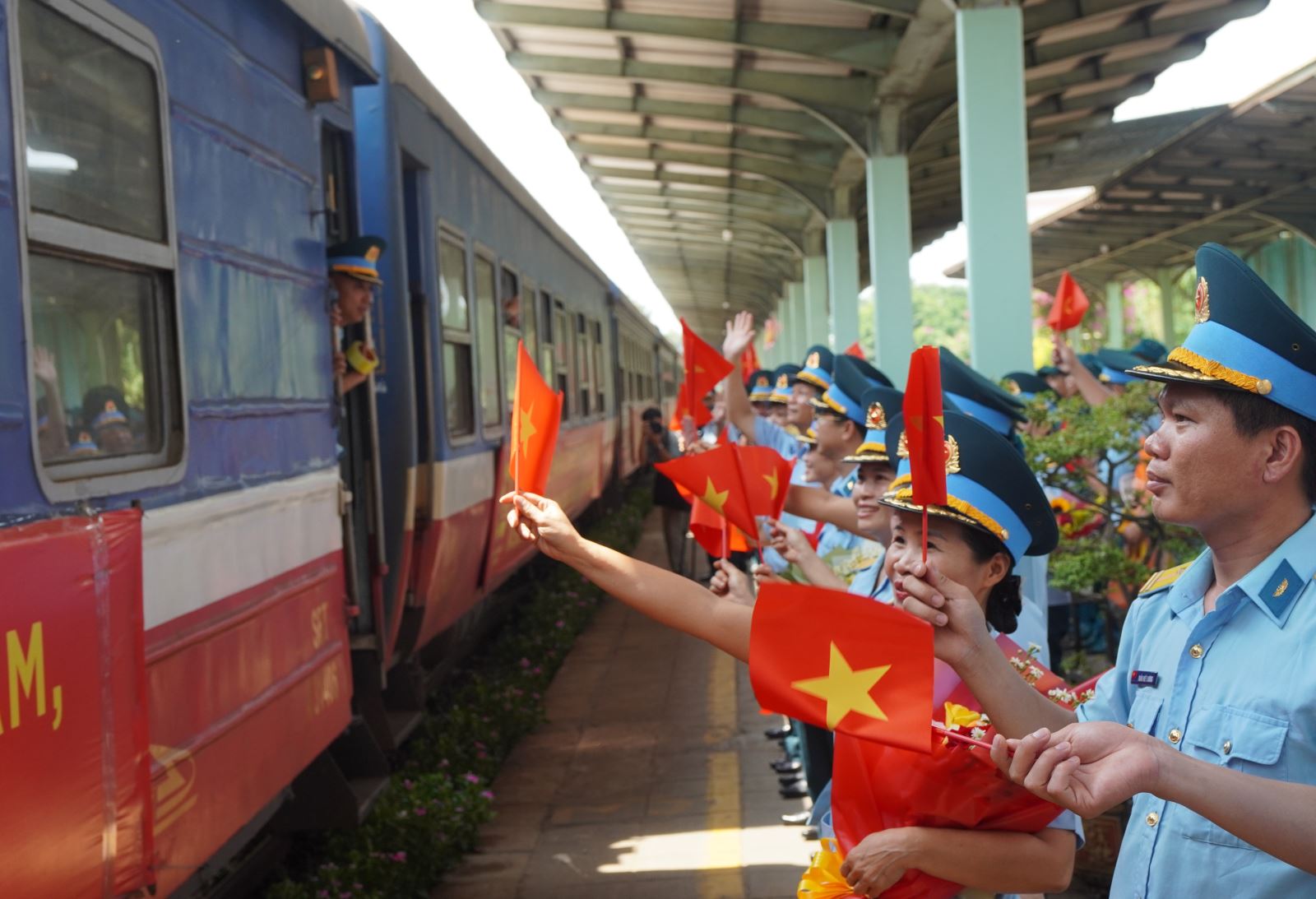
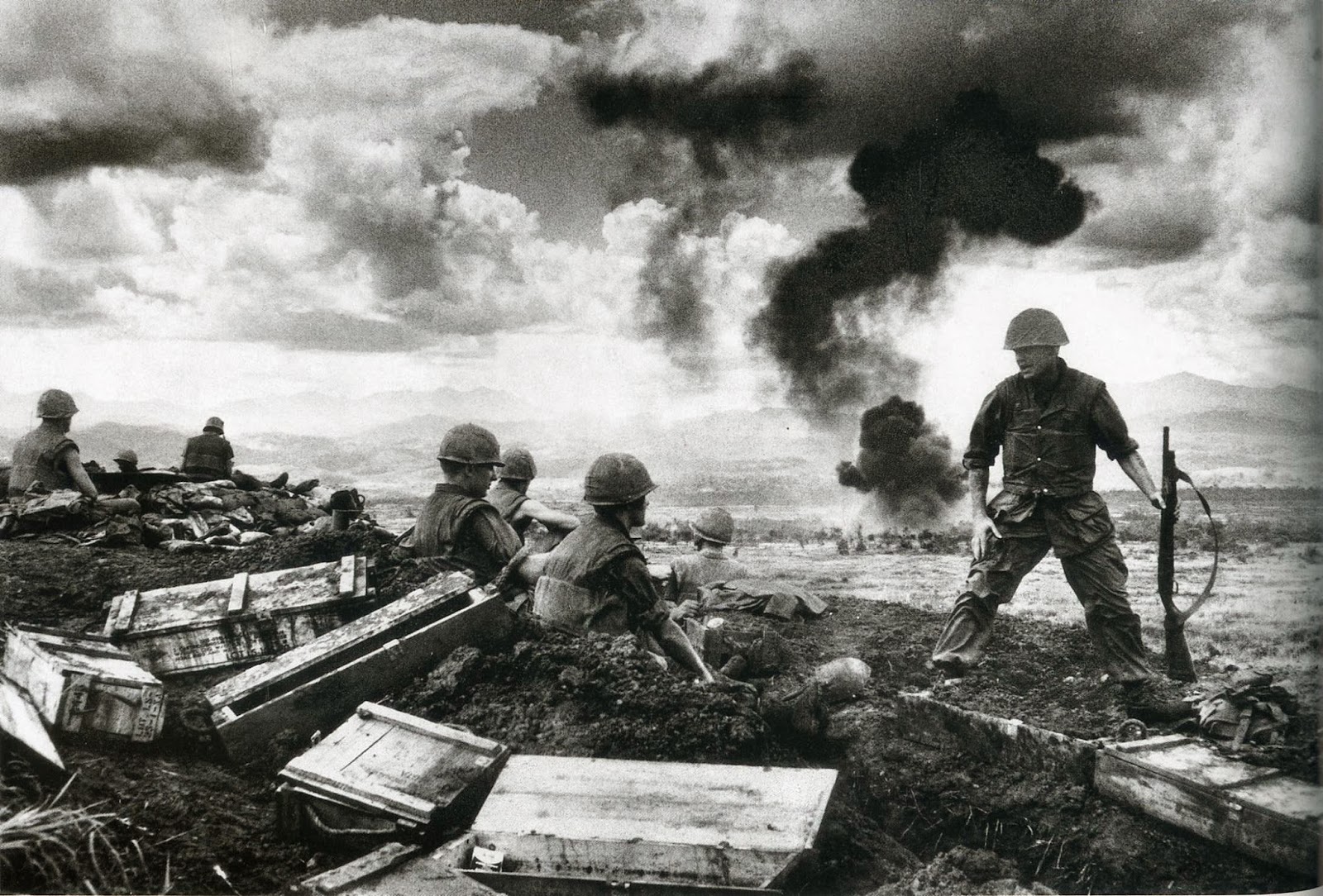

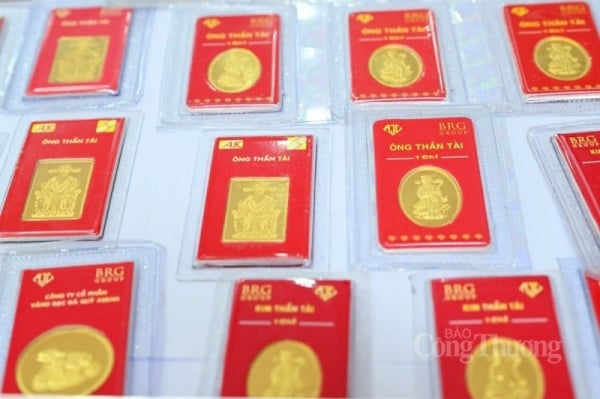


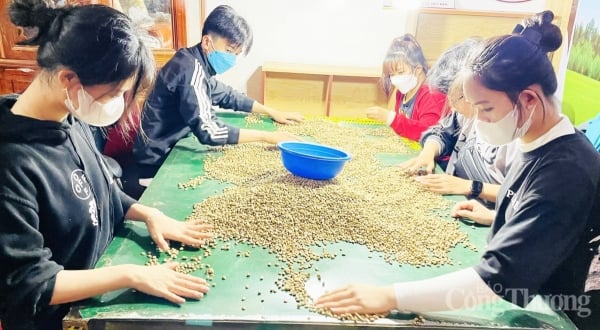
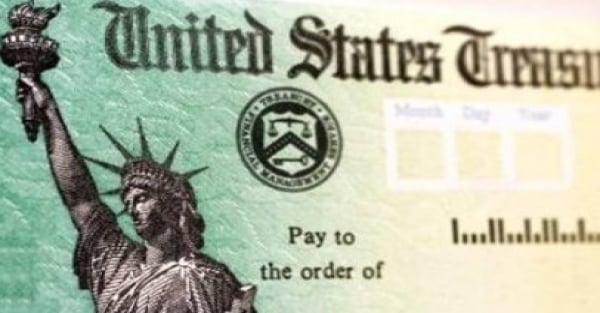
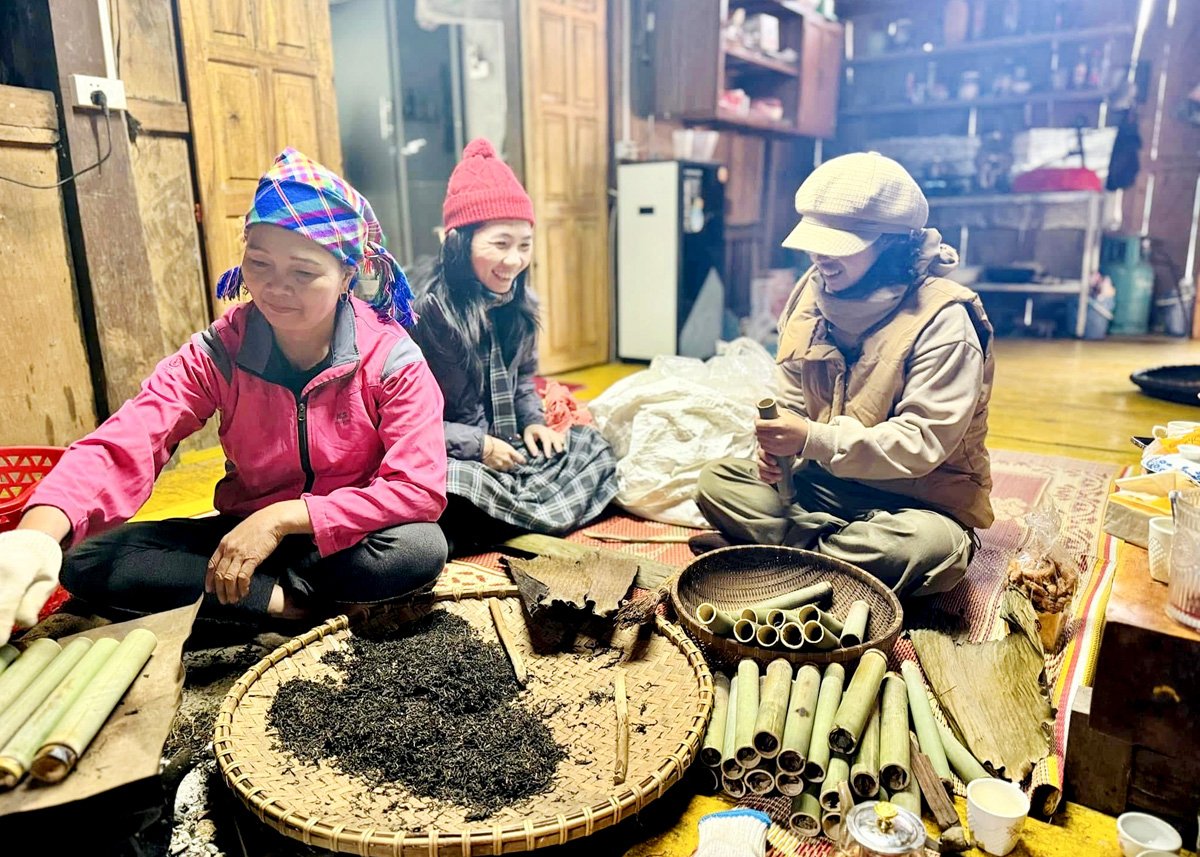

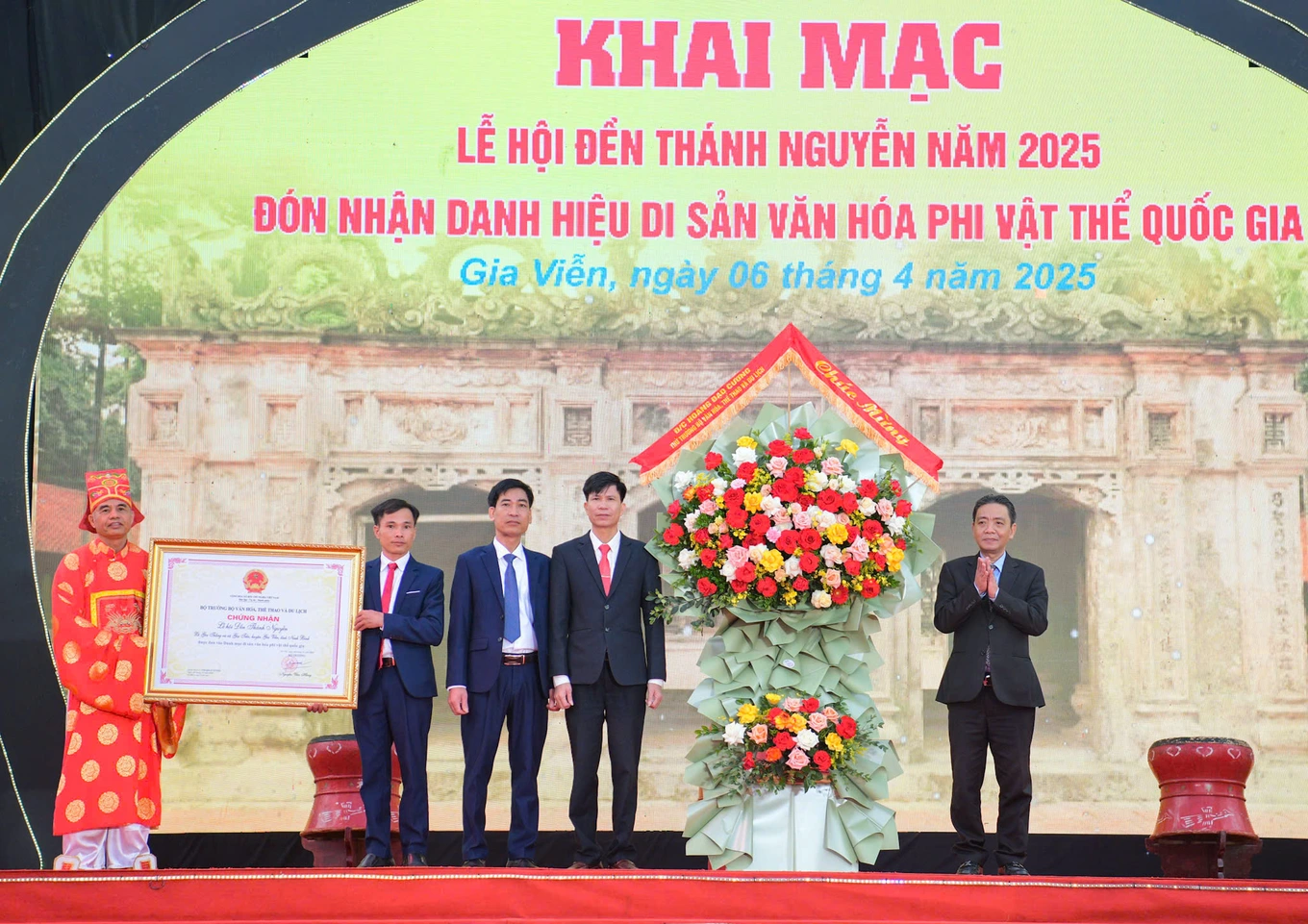


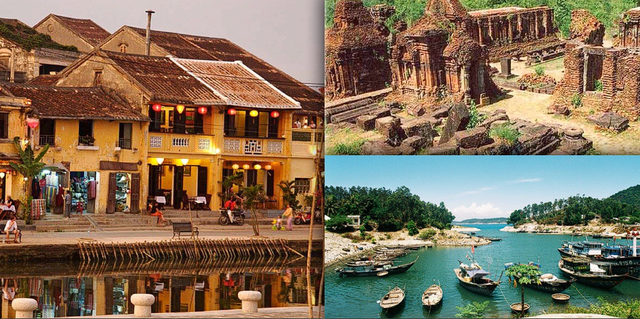

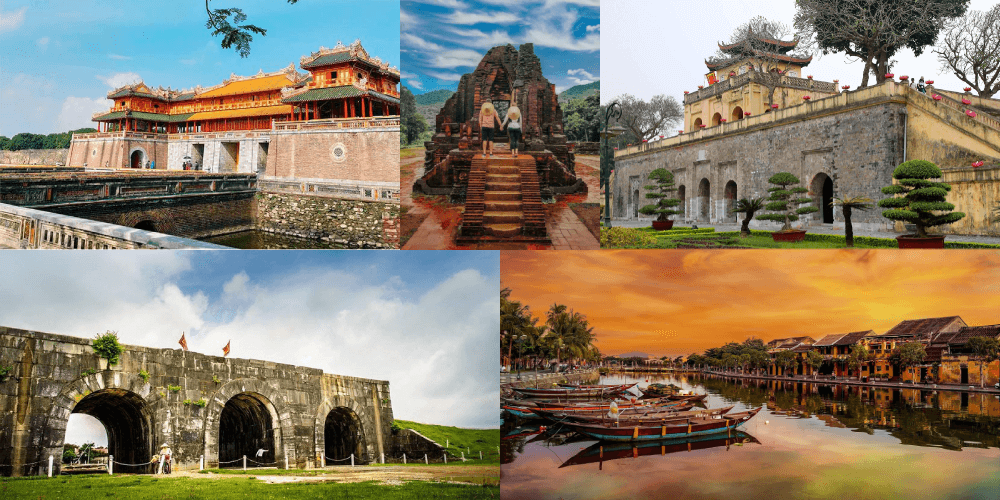

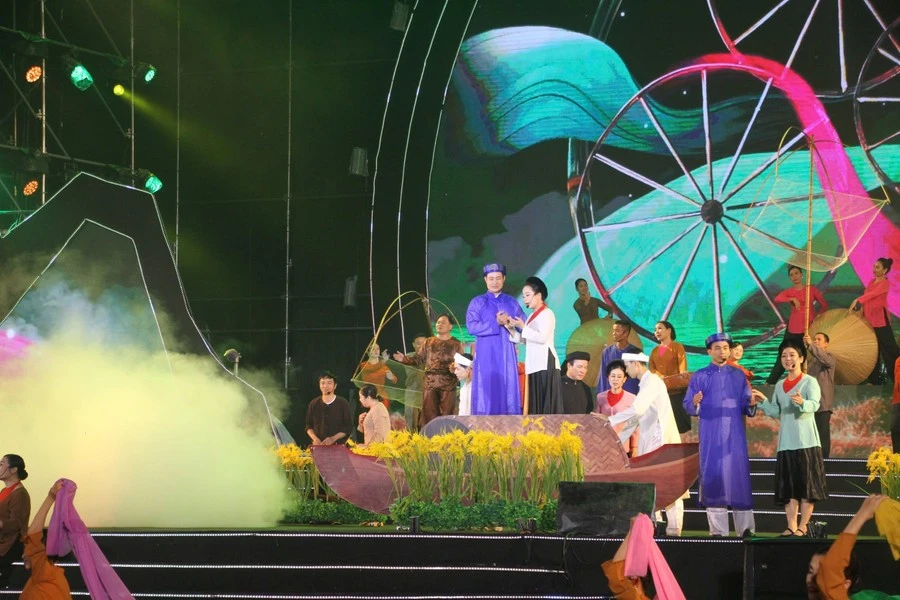

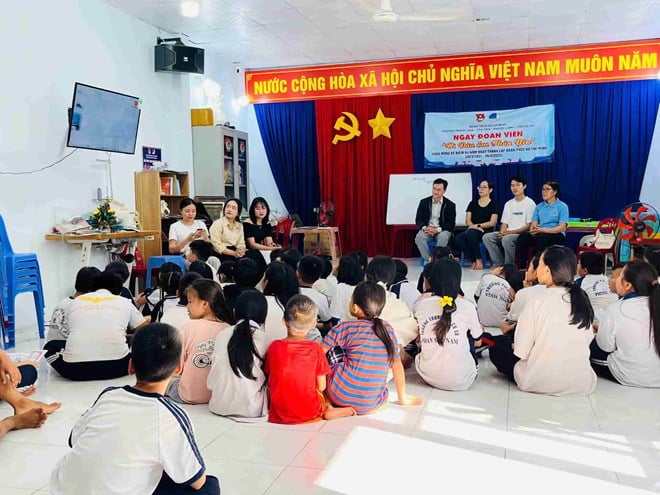

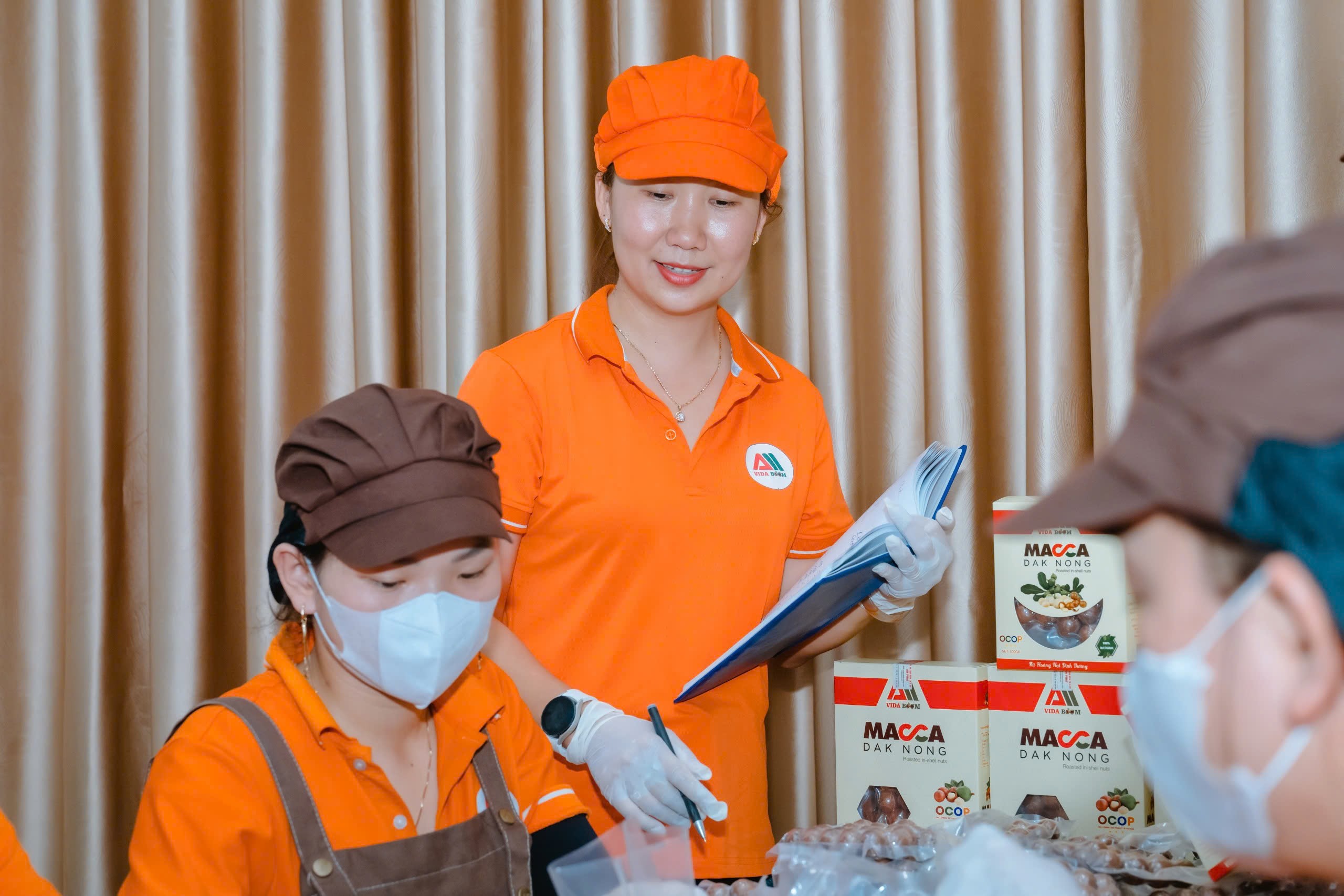

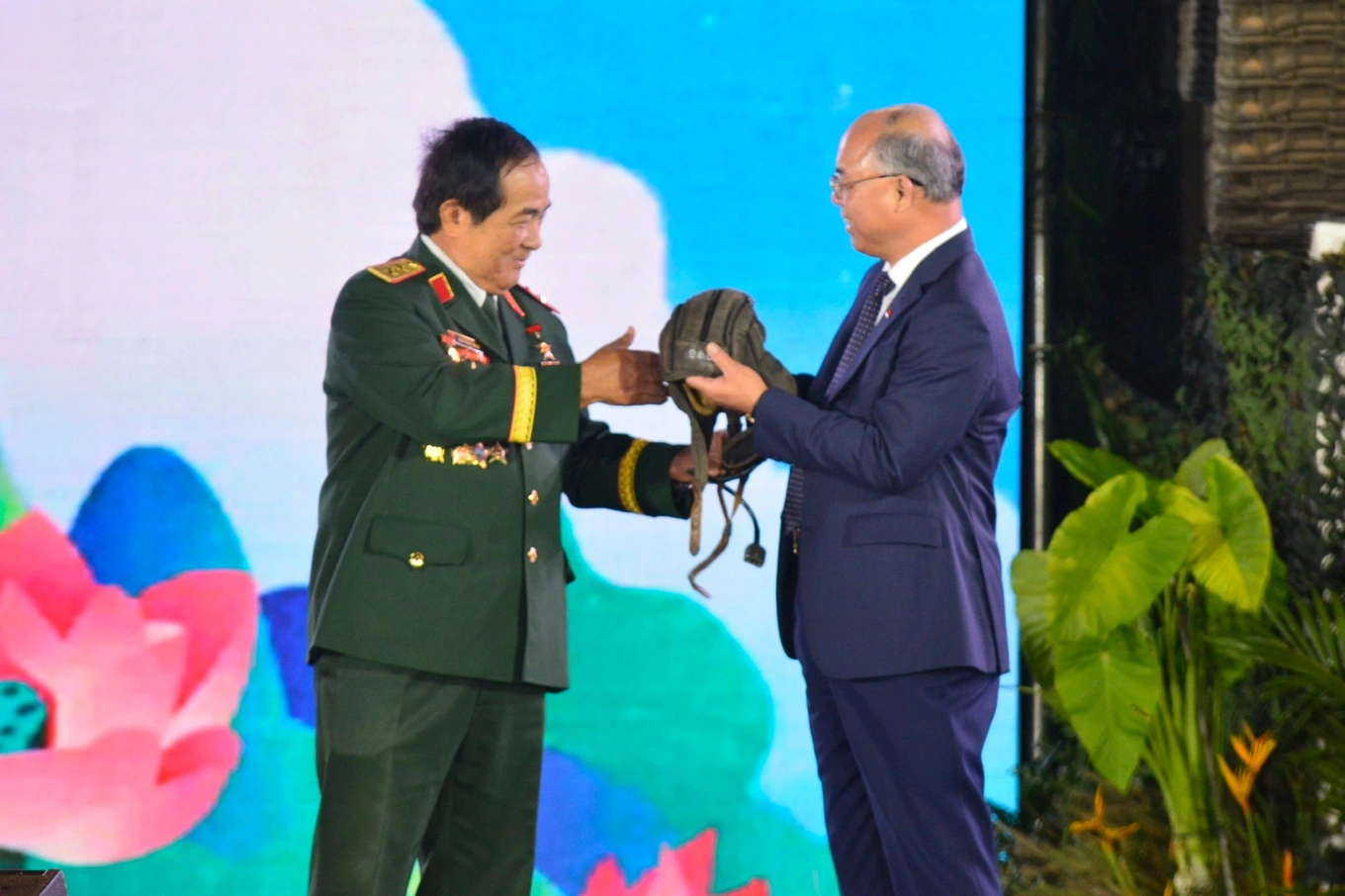
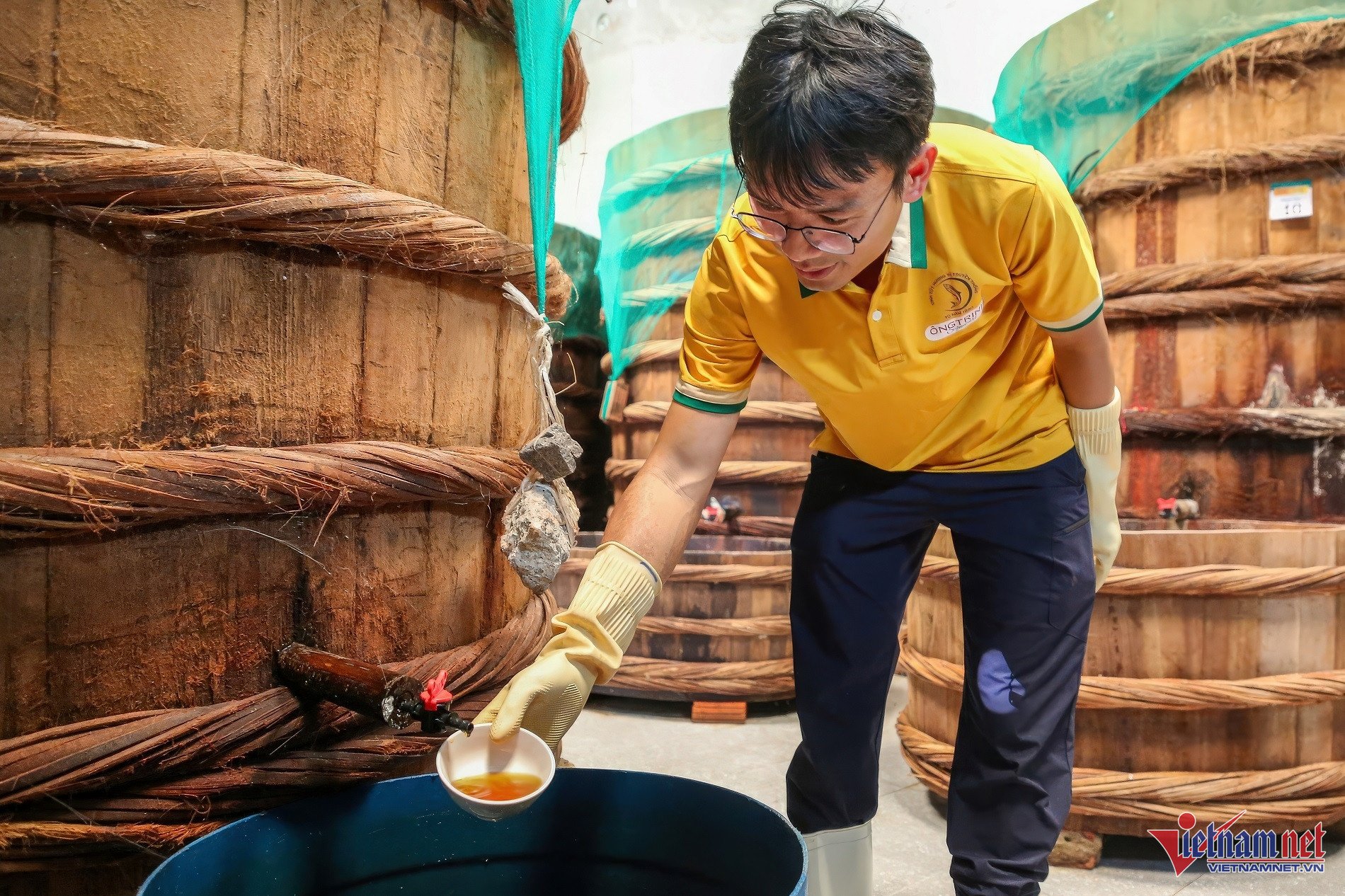



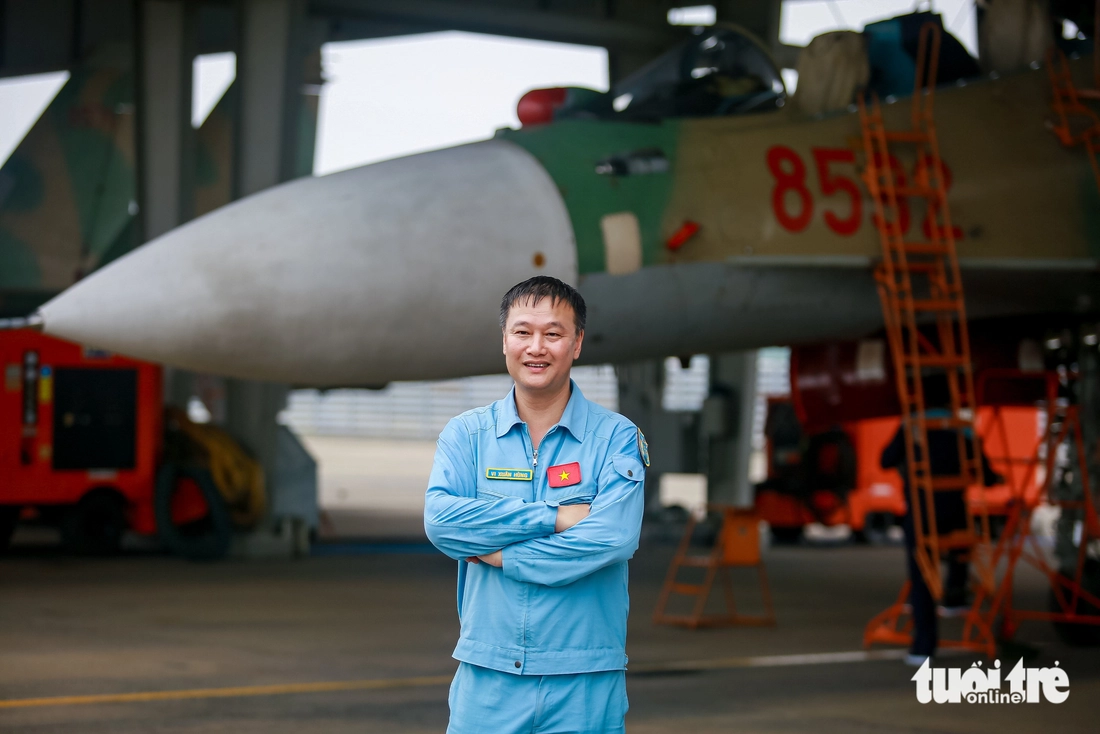

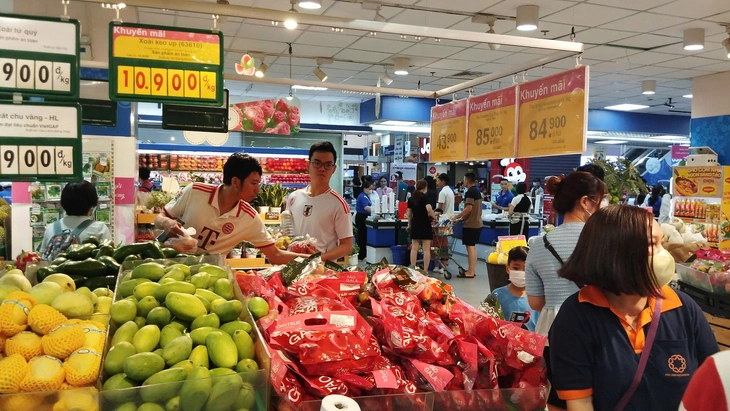
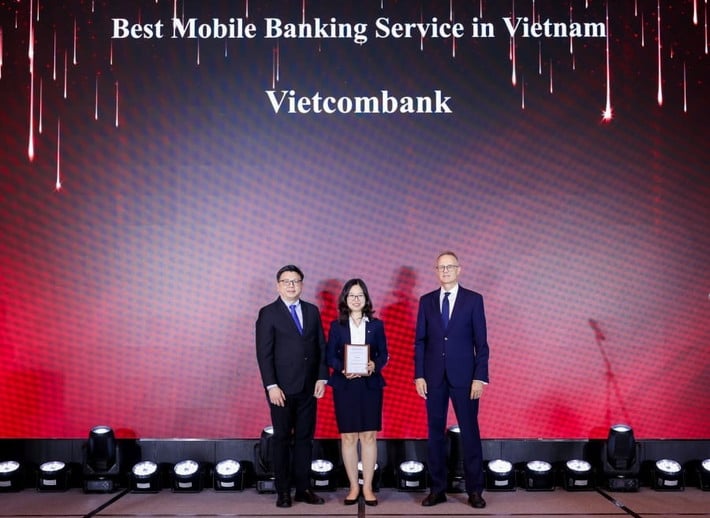

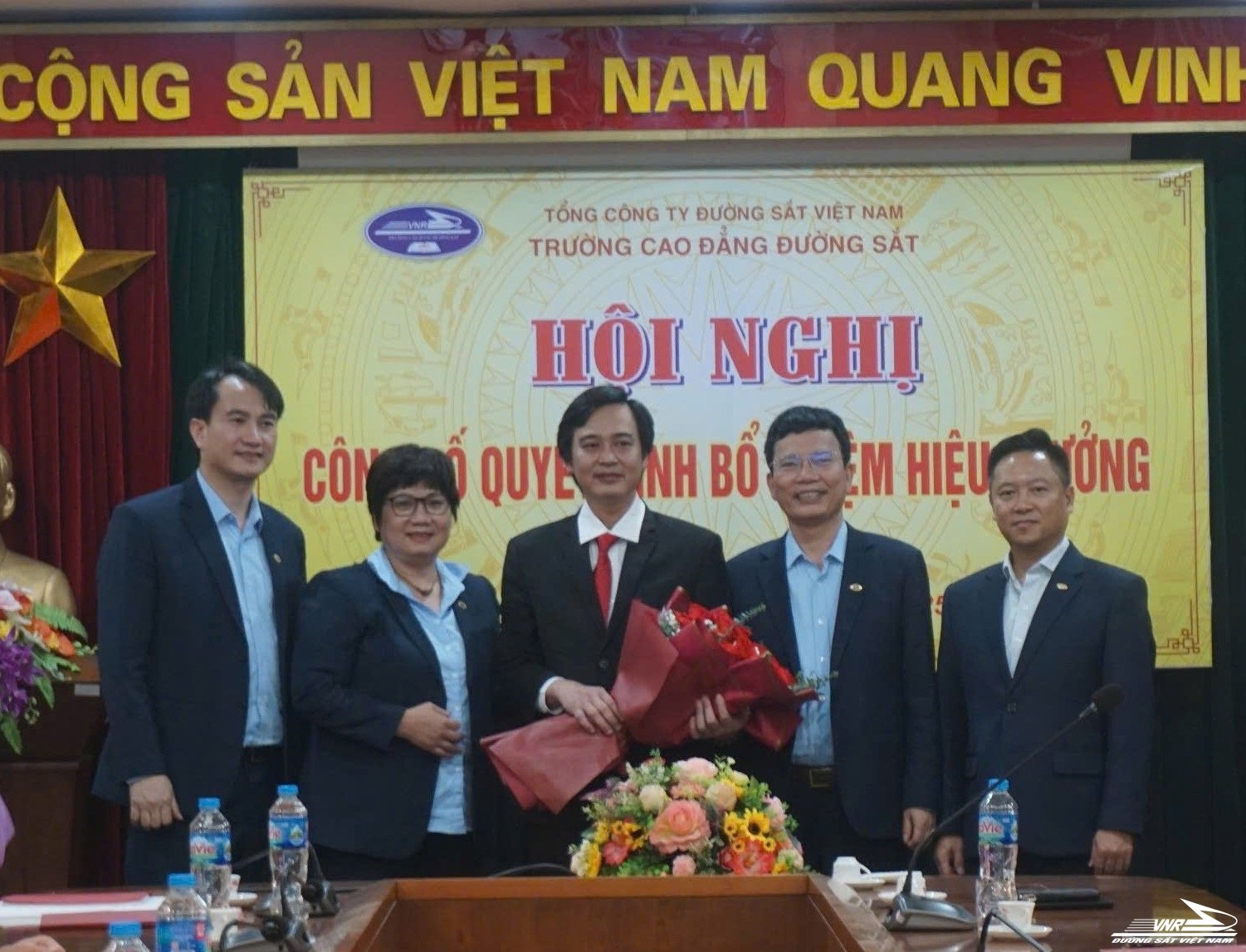

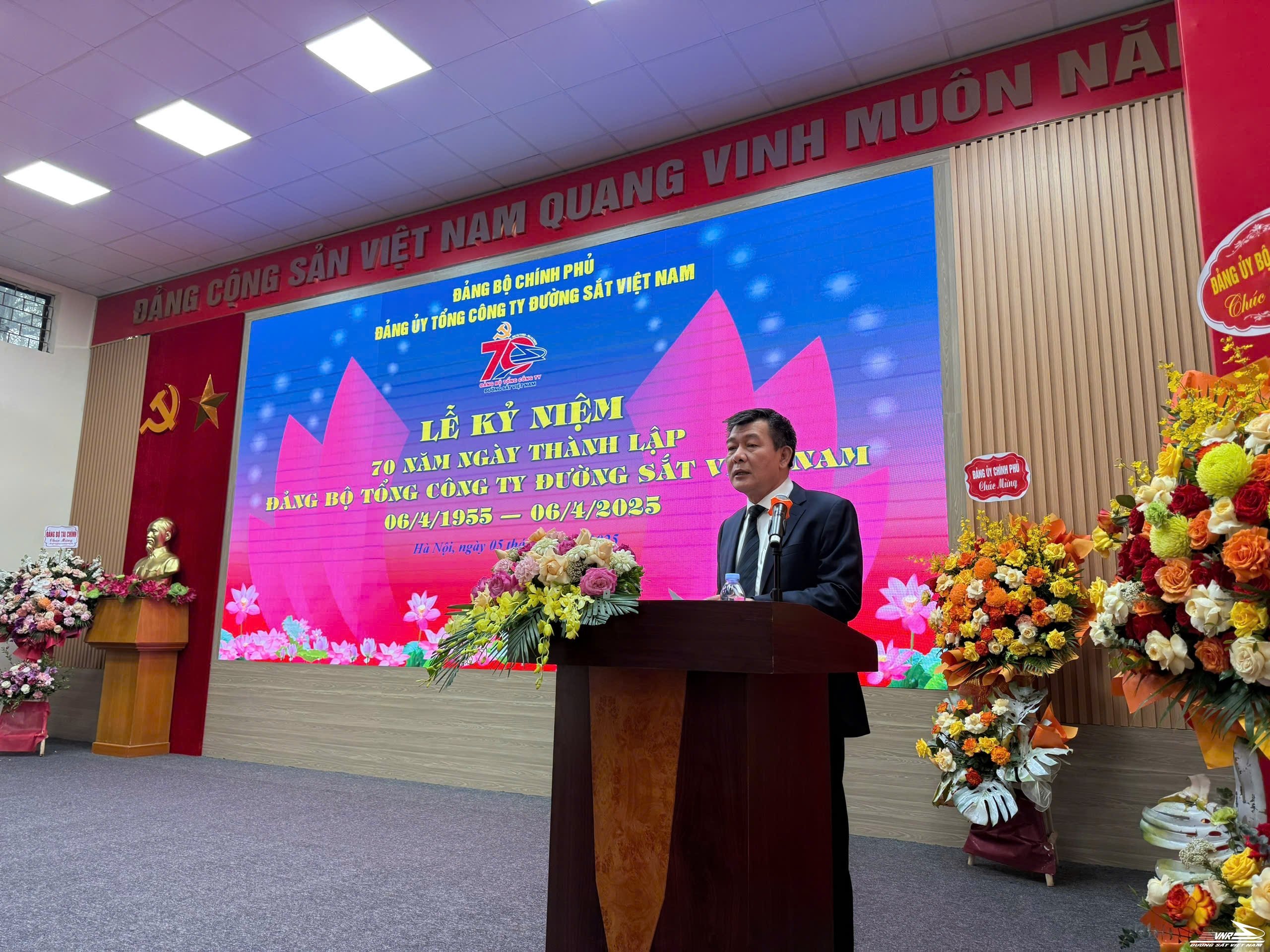


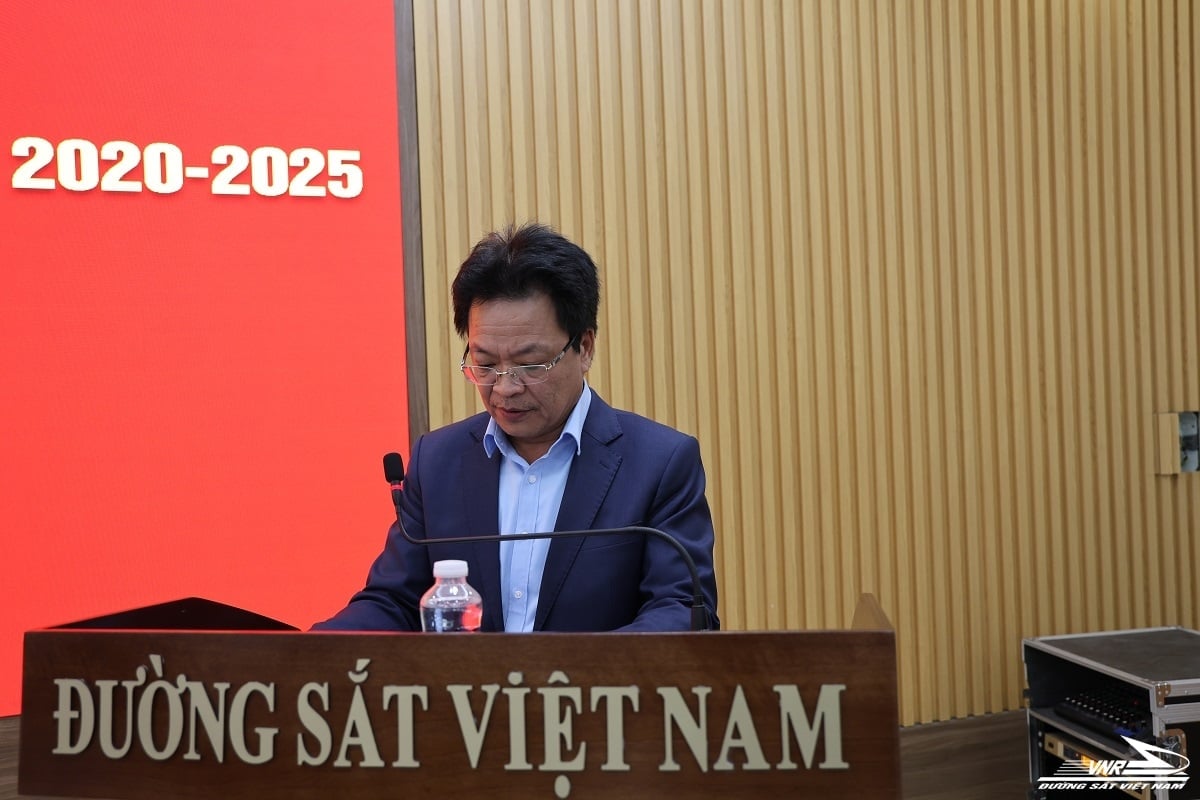

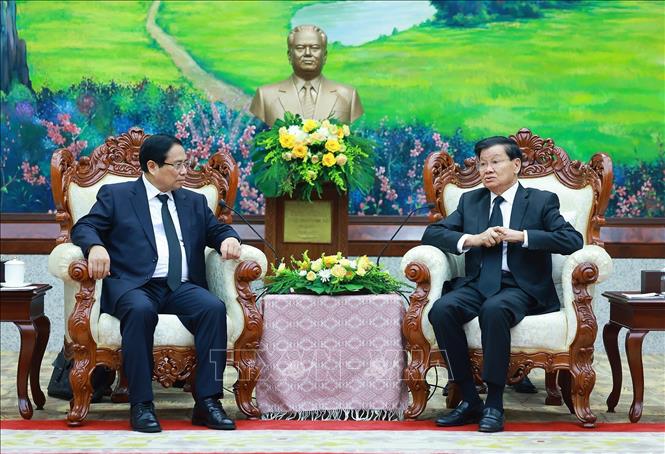

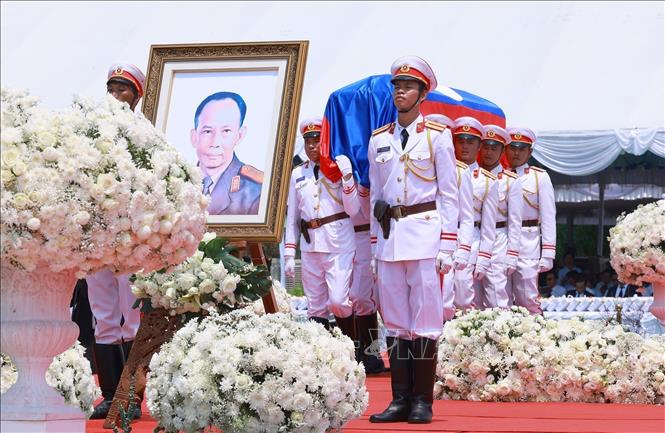
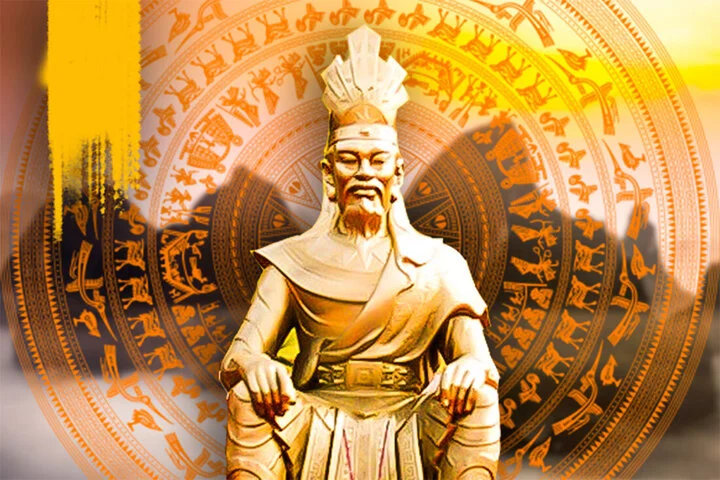
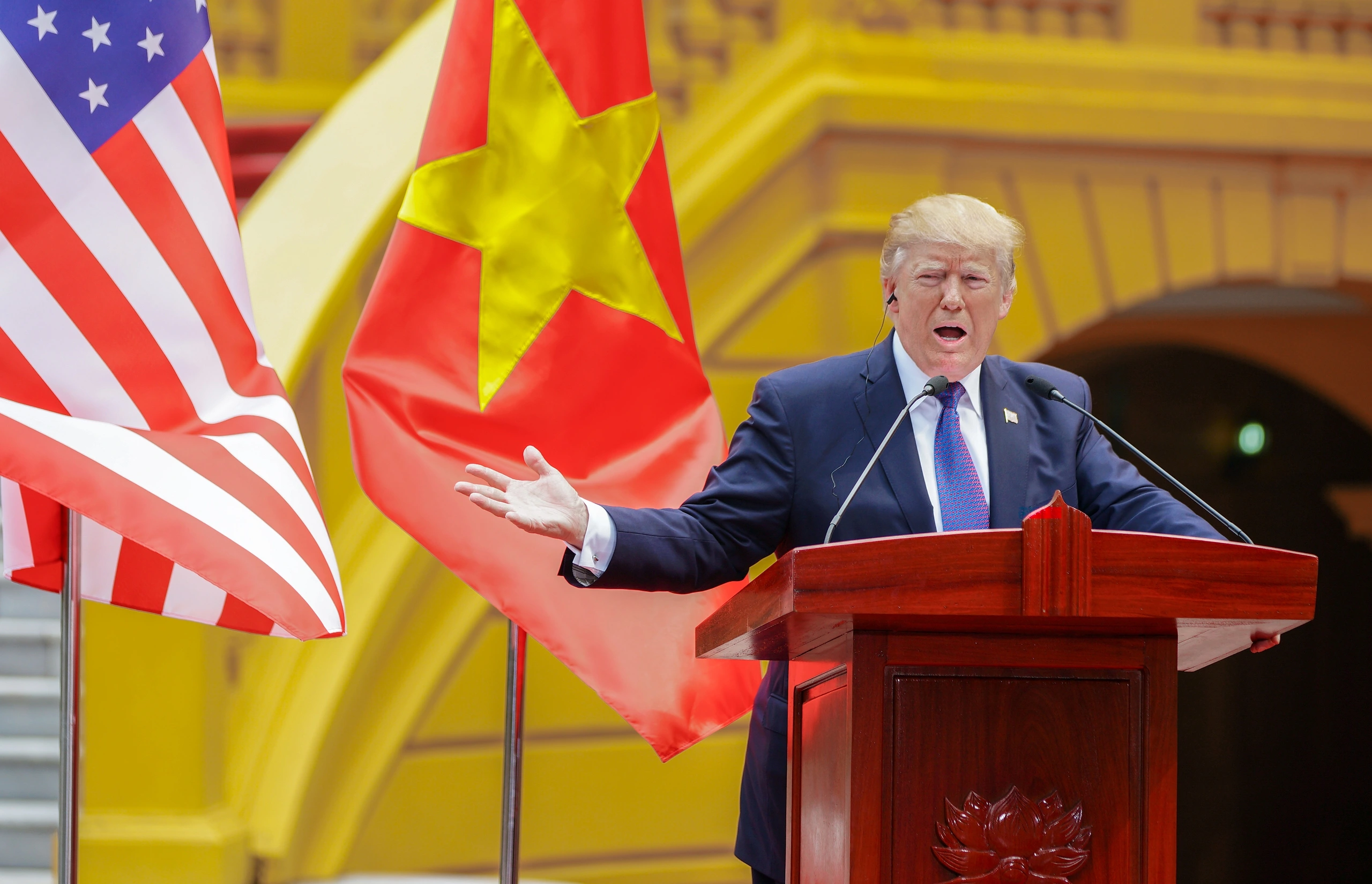









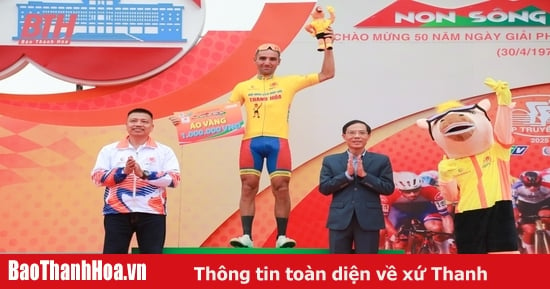
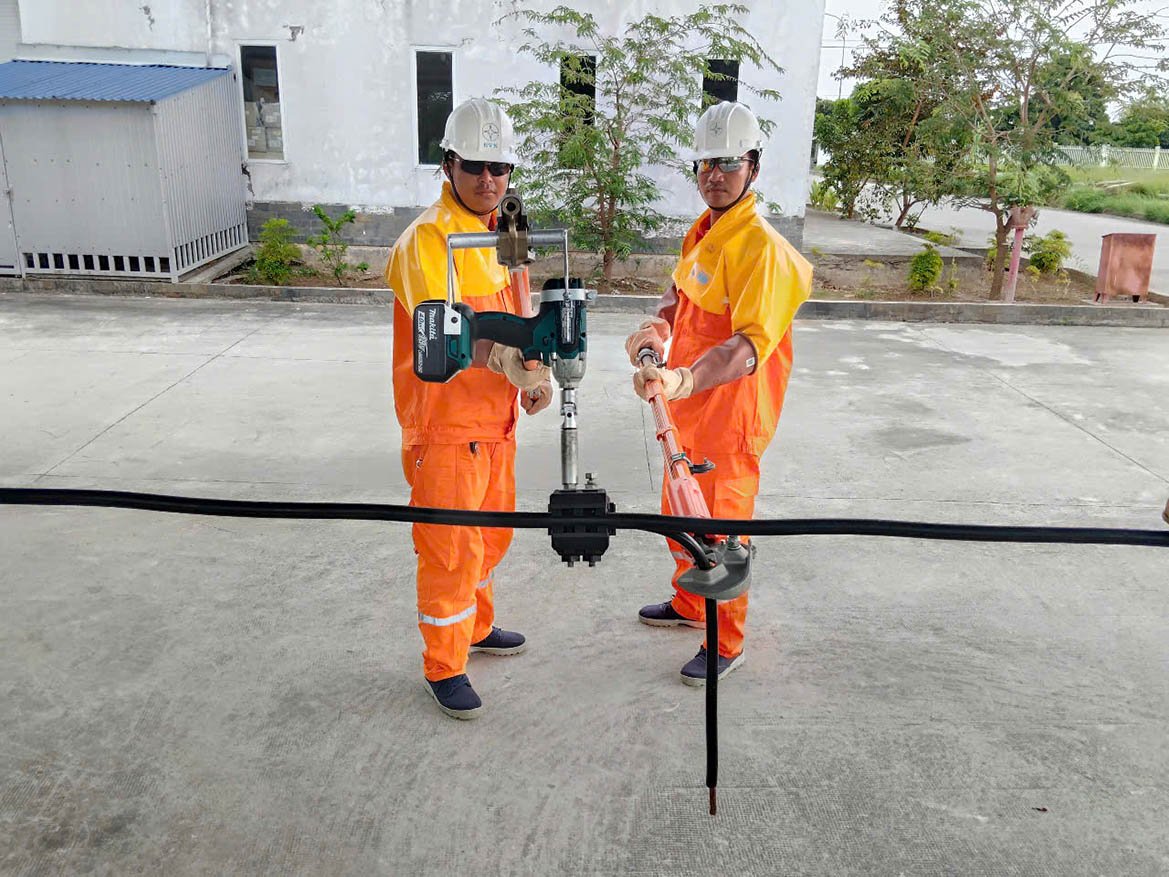
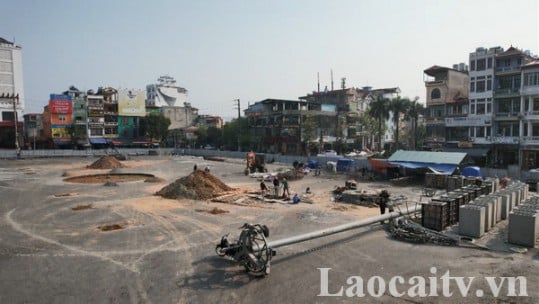

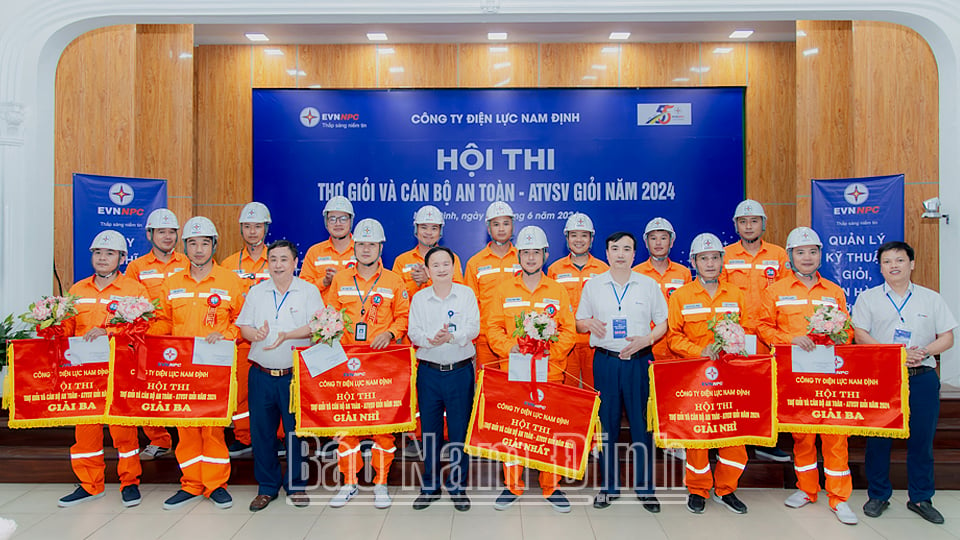



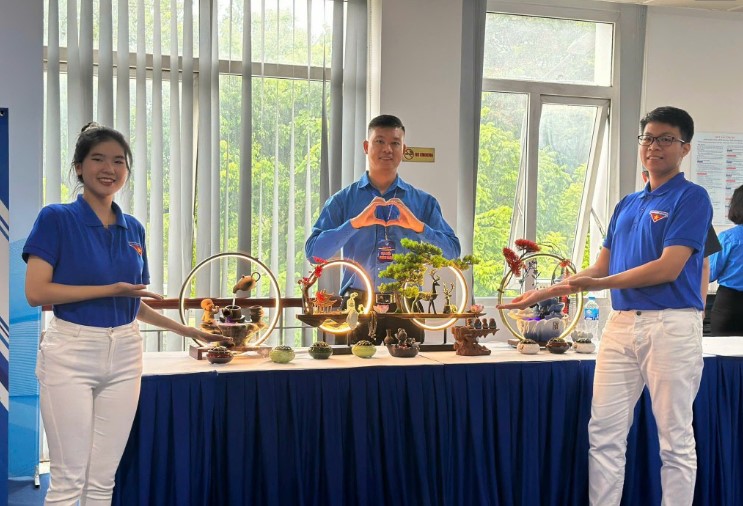
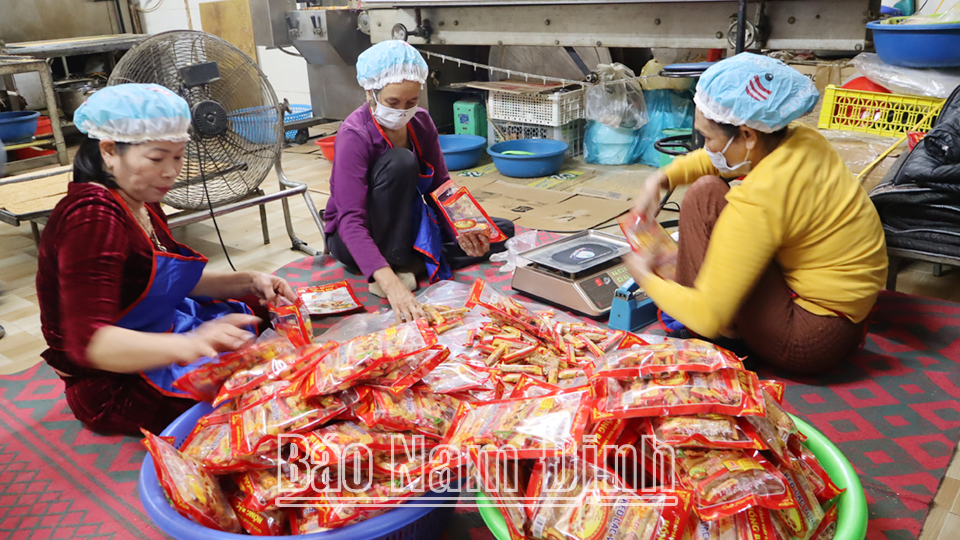





Comment (0)